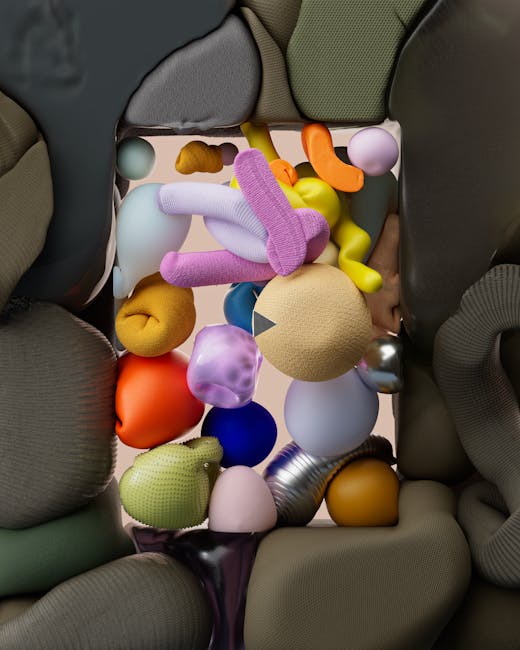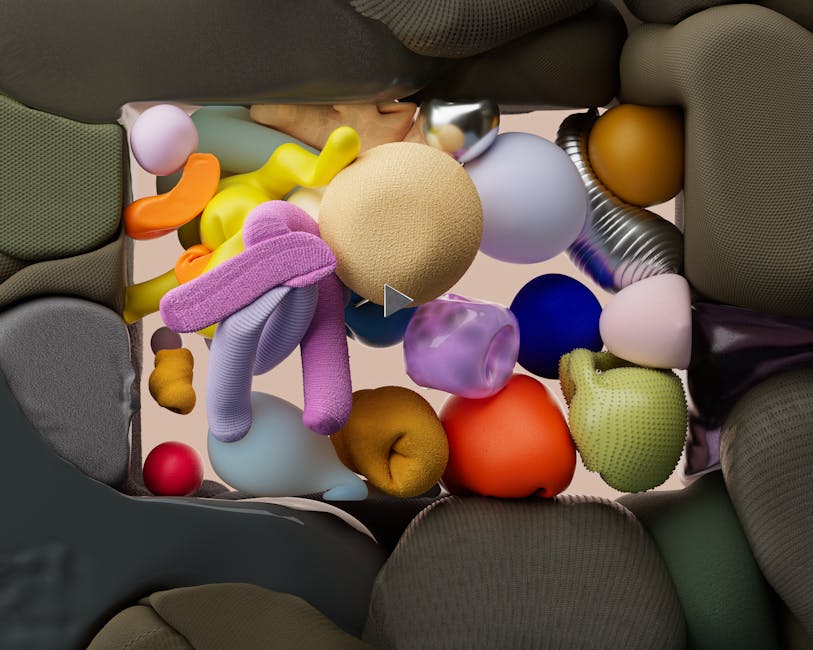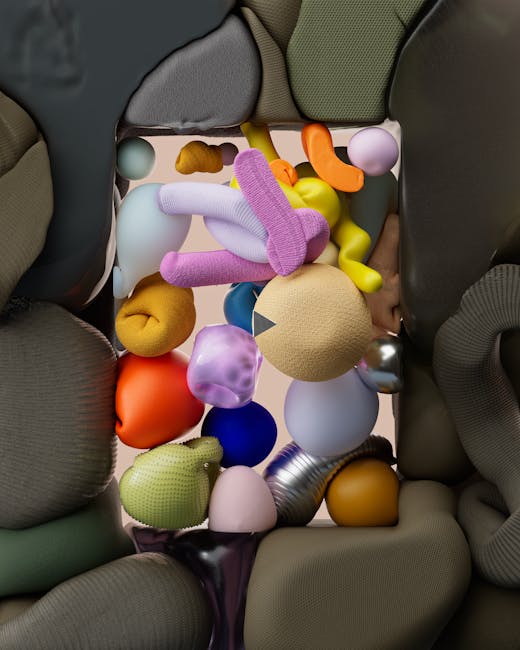AI Video: Revolutionizing Content Creation and Marketing – A Comprehensive Guide
The world of video content is undergoing a seismic shift. No longer is the production of high-quality video the exclusive domain of large studios and experienced professionals. The advent of AI video generation tools is democratizing video creation, empowering individuals and businesses alike to produce professional-grade videos with unprecedented ease and efficiency. This comprehensive guide delves into the exciting world of AI video, exploring its capabilities, applications, benefits, and challenges.
What is AI Video Generation?
AI video generation utilizes artificial intelligence algorithms to automate various aspects of video production. This ranges from generating entirely new video content from text prompts or image inputs to enhancing existing videos through automated editing, upscaling, and effects application. These algorithms leverage deep learning techniques, particularly generative adversarial networks (GANs) and transformer models, to create realistic and engaging video content.
Key Features of AI Video Generation Tools:
- Text-to-video: Convert written scripts or ideas directly into video footage.
- Image-to-video: Animate static images or create short video clips from a single picture.
- Automated Editing: Trim, cut, and assemble video clips automatically, saving hours of manual work.
- Style Transfer: Apply different visual styles to videos, mimicking the aesthetics of famous filmmakers or creating unique artistic looks.
- Upscaling and Enhancement: Improve the resolution and quality of existing videos.
- Voice Generation: Create realistic voiceovers using AI-powered text-to-speech technology.
- Subtitling and Captioning: Automatically generate subtitles and captions in multiple languages.
Applications of AI Video in Various Industries:
The applications of AI video generation are vast and rapidly expanding. Here are just a few examples:
Marketing and Advertising:
AI video is revolutionizing marketing by enabling the creation of personalized video ads, product demos, explainer videos, and social media content at scale. This dramatically reduces production costs and allows for more frequent content releases, leading to greater engagement and ROI.

Education and E-learning:
AI video can be used to create engaging educational content, personalized learning experiences, and interactive tutorials. It can simplify the creation of complex visual aids and simulations, making learning more accessible and effective.
Entertainment and Filmmaking:
While it’s unlikely to fully replace human creativity, AI video is increasingly used as a tool in filmmaking, assisting with special effects, creating realistic backgrounds, and automating tedious post-production tasks.

Healthcare:
AI video has potential applications in medical training, creating patient education materials, and analyzing medical imagery for diagnostics. It can contribute to improved patient care and more efficient medical practices.
Real Estate:
Creating virtual tours and property showcases using AI-powered video can significantly enhance the real estate experience for both buyers and sellers.
Benefits of Using AI Video Generation Tools:
- Cost-effectiveness: Significantly reduces production costs compared to traditional video production.
- Increased Efficiency: Automates many time-consuming tasks, allowing for faster turnaround times.
- Scalability: Enables the creation of large volumes of video content quickly and easily.
- Accessibility: Democratizes video creation, making it accessible to individuals and small businesses.
- Personalization: Allows for the creation of highly personalized video content tailored to specific audiences.
- Improved Engagement: Creates more engaging and interactive video content.
Challenges and Limitations of AI Video:
While AI video generation offers numerous advantages, it’s crucial to acknowledge its limitations:

- Ethical Concerns: Issues of copyright, deepfakes, and the potential for misuse need careful consideration.
- Quality Control: AI-generated videos may sometimes lack the nuance and artistic flair of human-created videos.
- Computational Resources: Generating high-quality AI video can require significant computing power.
- Data Bias: AI models are trained on data, and biases in the data can lead to biased outputs in the generated videos.
- Creative Control: While offering many creative tools, total artistic control remains in the hands of the human user. AI is a tool, not a replacement for creativity.
The Future of AI Video:
The future of AI video is incredibly bright. As AI technology continues to advance, we can expect even more sophisticated and realistic video generation capabilities. Expect improvements in resolution, creative control, and the ability to generate increasingly complex and nuanced video content. The integration of AI video with other technologies, such as virtual reality (VR) and augmented reality (AR), will further expand its applications and impact.
Choosing the Right AI Video Generation Tool:
Selecting the right AI video generation tool depends on your specific needs and budget. Consider factors like the features offered, ease of use, pricing, and the quality of the generated videos. Research different platforms, compare their capabilities, and choose the one that best suits your requirements.
In conclusion, AI video is transforming the landscape of content creation and marketing. By embracing this powerful technology responsibly and ethically, businesses and individuals can unlock new opportunities for creativity, engagement, and success.

